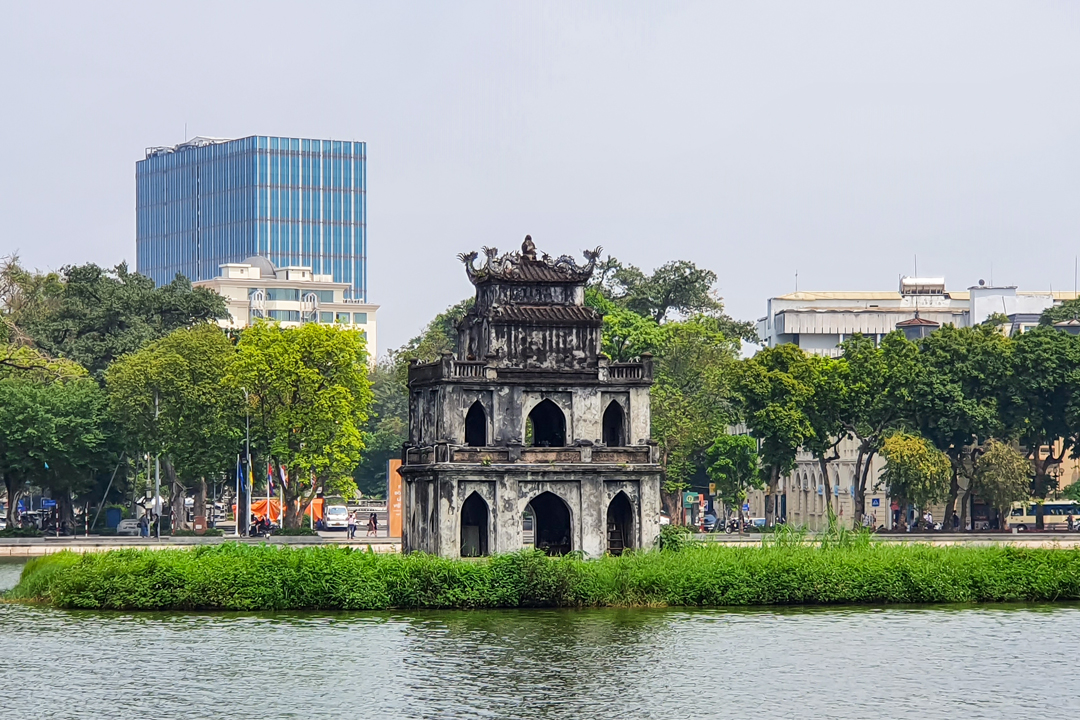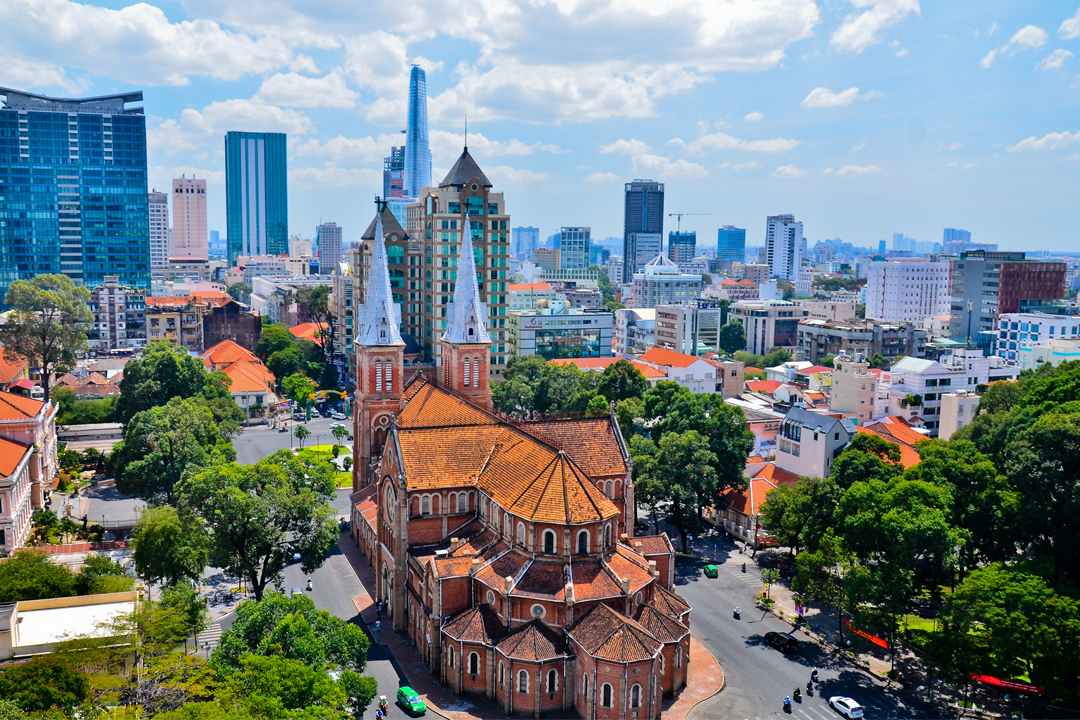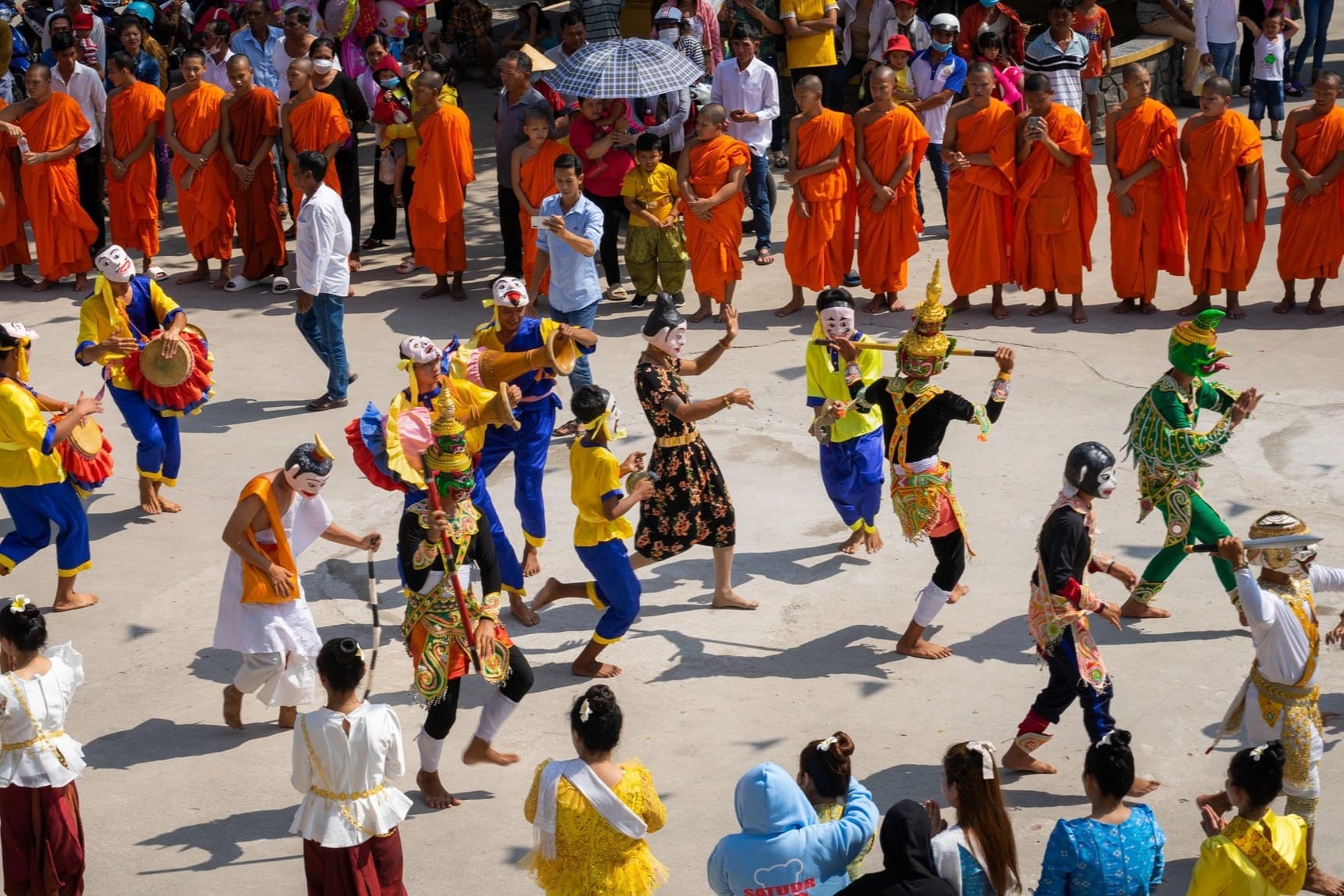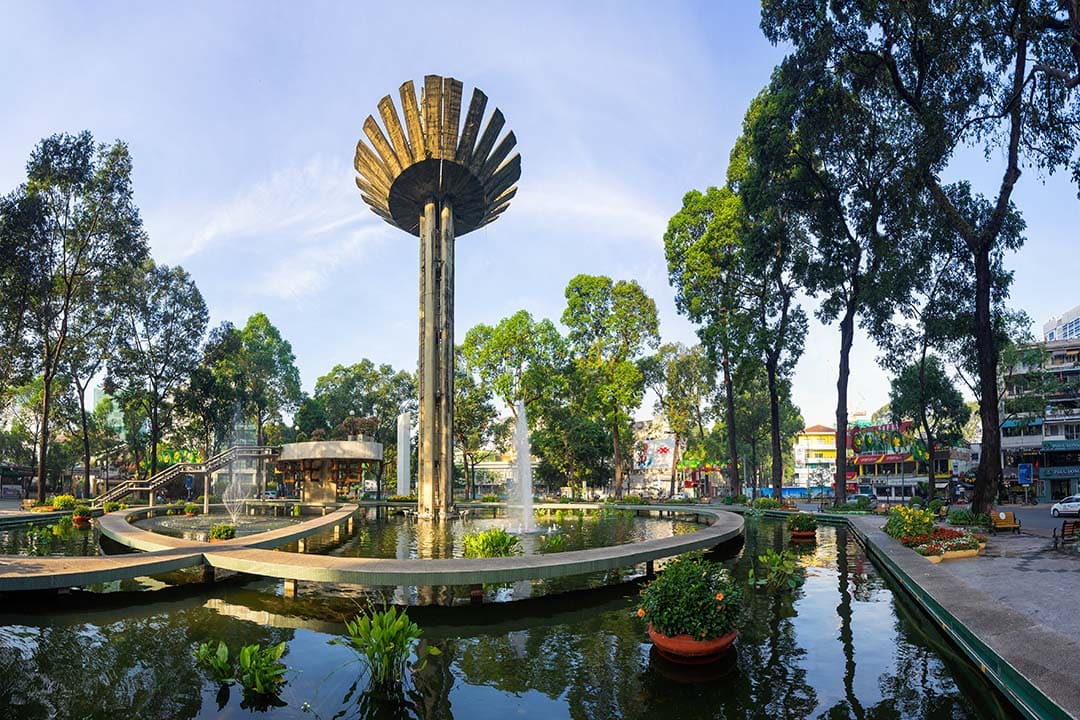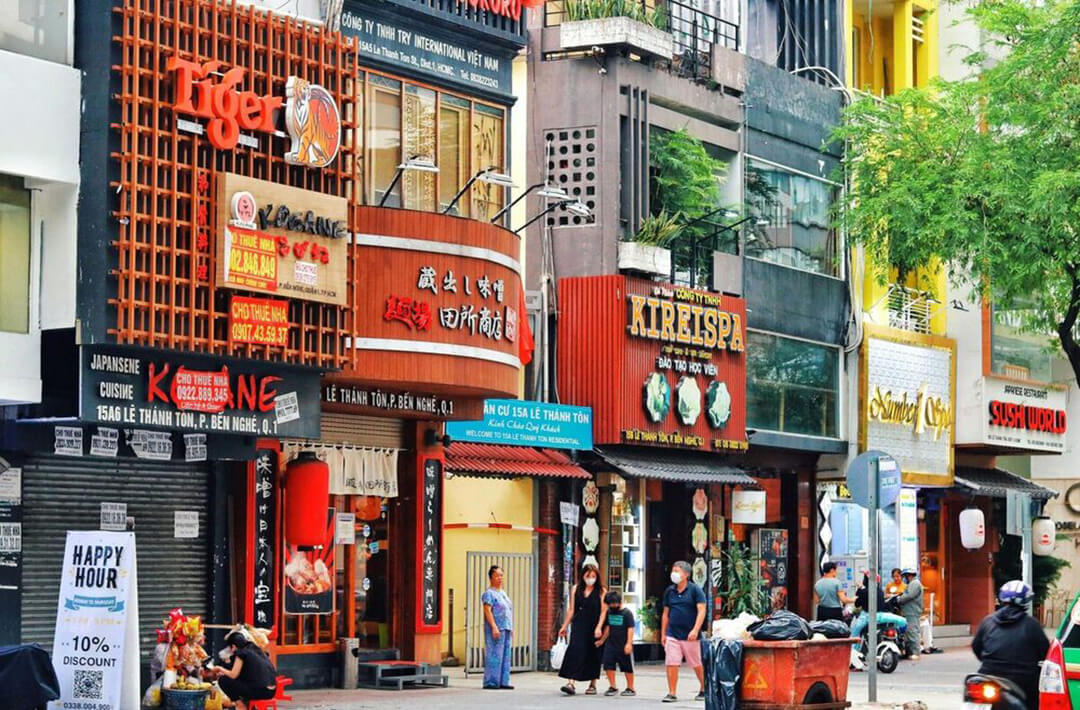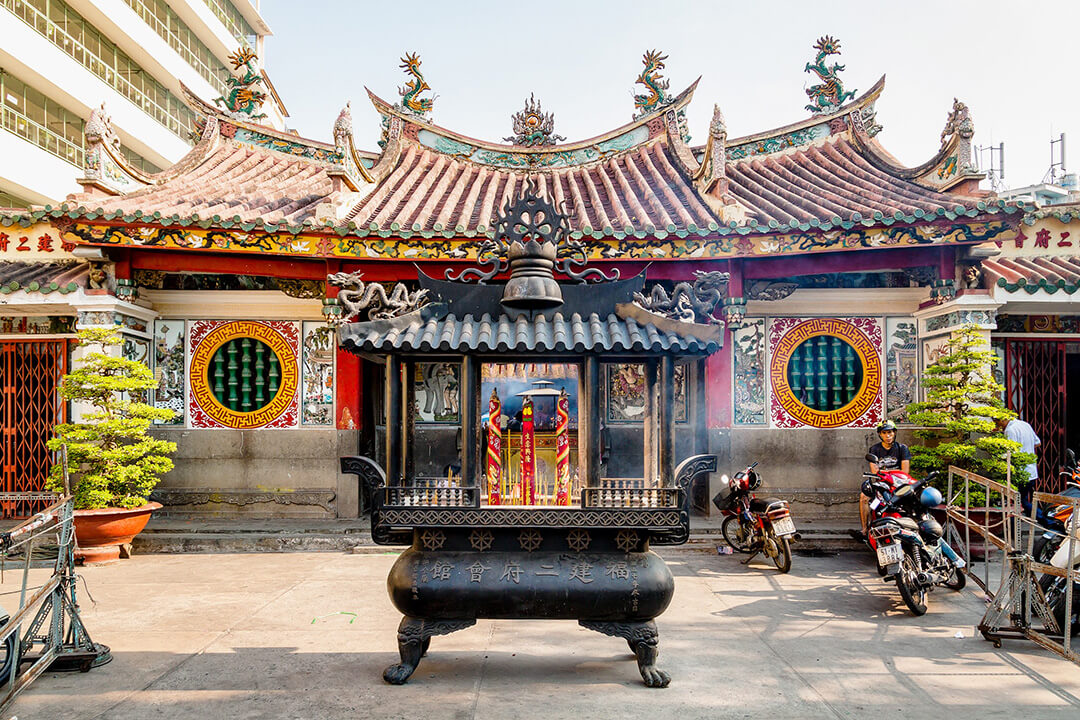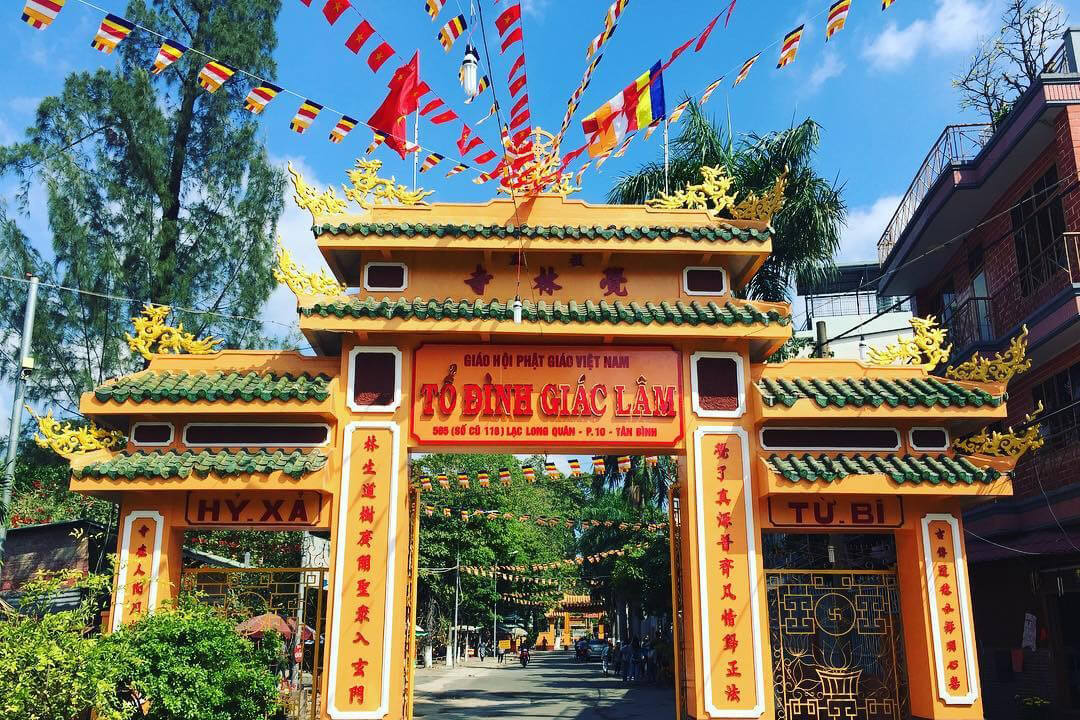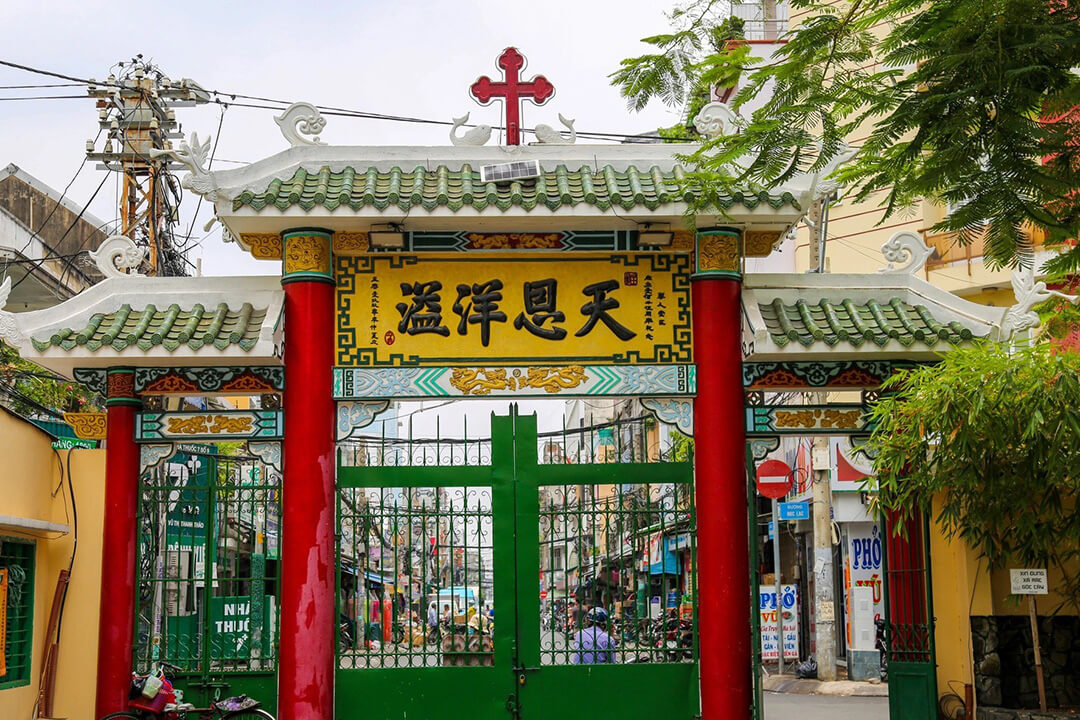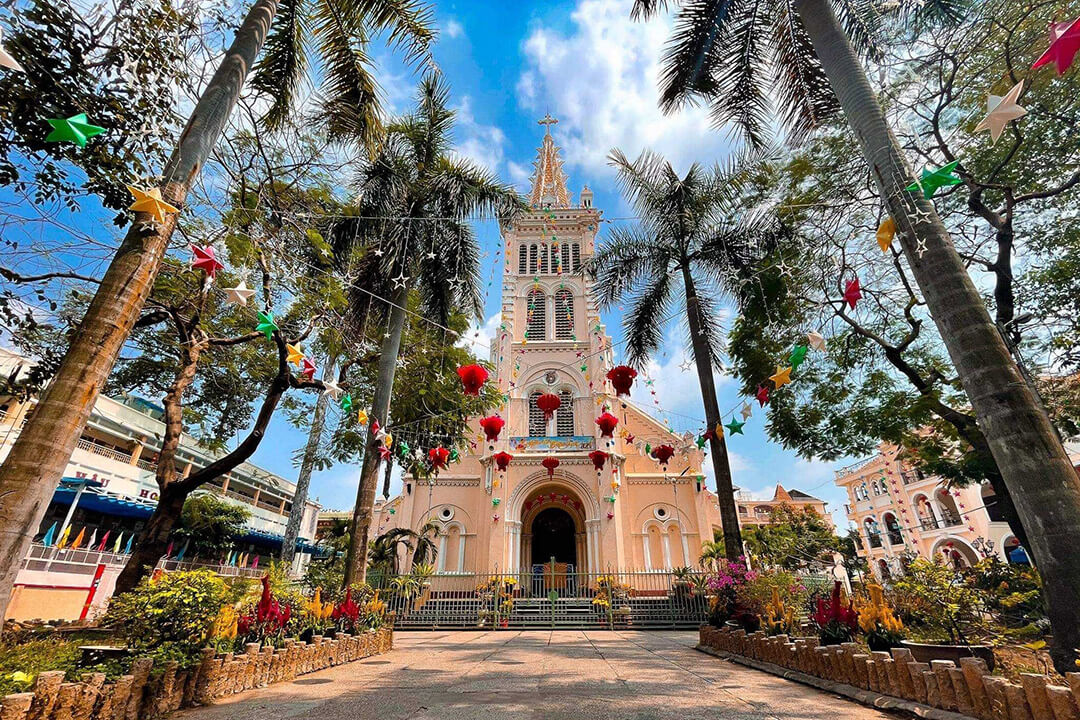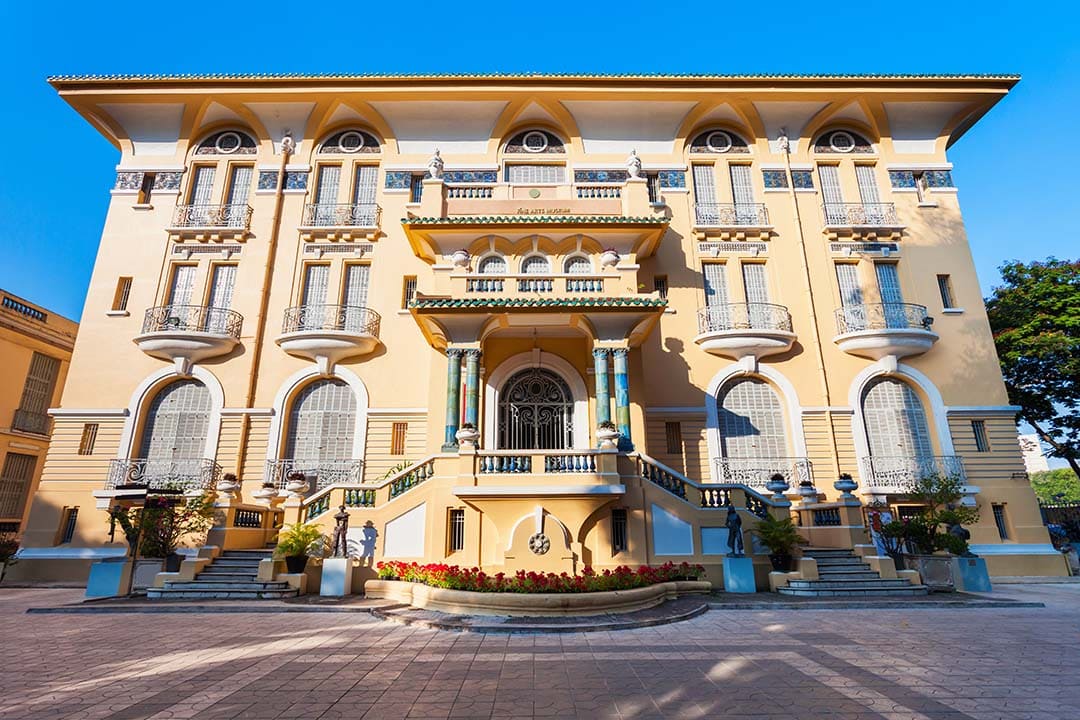Nov - 03 - 2025
The Southern Women’s Museum in Ho Chi Minh City offers a moving glimpse into the lives, struggles, and achievements of Vietnamese women throughout history. This museum provides a deeply personal view of Vietnam’s spirit through the stories of mothers, wives, daughters, and soldiers who shaped the nation. In this GTrip guide, you’ll uncover the museum’s history, its most compelling exhibits, and essential tips for planning your visit. Get ready to be inspired by the resilience and courage of Southern Vietnamese women in this remarkable cultural space.
Overview of the Southern Women’s Museum
- Address: No. 200 - 202 Vo Thi Sau, Xuan Hoa Ward (Ward 7, District 3), Ho Chi Minh City
- Opening hours:
- Morning: 7:30 AM - 11:30 AM
- Afternoon: 1:30 PM - 5:00 PM
- Entrance fee: Free of charge
Nestled in the bustling, tree-lined streets of Xuan Hoa Ward, the Southern Women's Museum stands as an essential cultural and historical center in Ho Chi Minh City. It serves as a repository of memory and also as a vibrant educational institution dedicated to honoring the legacy of women in the southern region of Vietnam. For travelers seeking a deeper connection with Vietnamese culture beyond the usual tourist spots, this museum offers an authentic and enlightening experience. Here are the key details you’ll need to plan your visit.
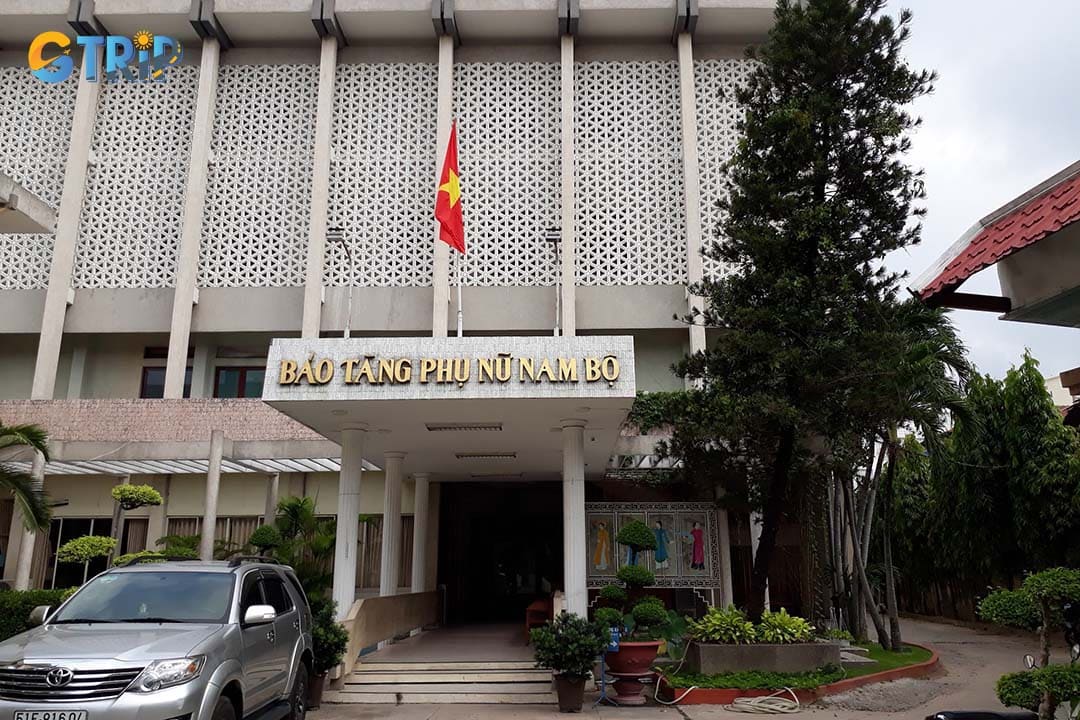
The Southern Women's Museum is a vital cultural landmark that honors the legacy of southern Vietnamese women
History of the Southern Women’s Museum
The Southern Women’s Museum was officially established on April 29, 1985, a date chosen to commemorate the 10th anniversary of the liberation of Southern Vietnam. Its creation was born from a profound need to preserve, research, and showcase the rich traditions and heroic legacy of Southern Vietnamese women. From the outset, its mission was clear: to create a space where the immense, and often overlooked, contributions of women in times of peace and war could be recognized and celebrated. The museum was founded to be a guardian of memory, ensuring that the stories of resilience, sacrifice, and cultural ingenuity passed down through generations would not be lost to time.
Initially starting as a traditional house showcasing artifacts, the institution has evolved significantly over the past three decades. It has grown from a simple collection into a major cultural and academic center, expanding its physical space and the scope of its exhibitions. The museum's development reflects a growing appreciation for the multifaceted roles women have played in Vietnamese society. They are keepers of cultural heritage, economic pillars of their communities, and pivotal figures in the long struggle for independence. Today, it stands as a testament to their enduring spirit and a vital resource for anyone interested in the social history of Vietnam.
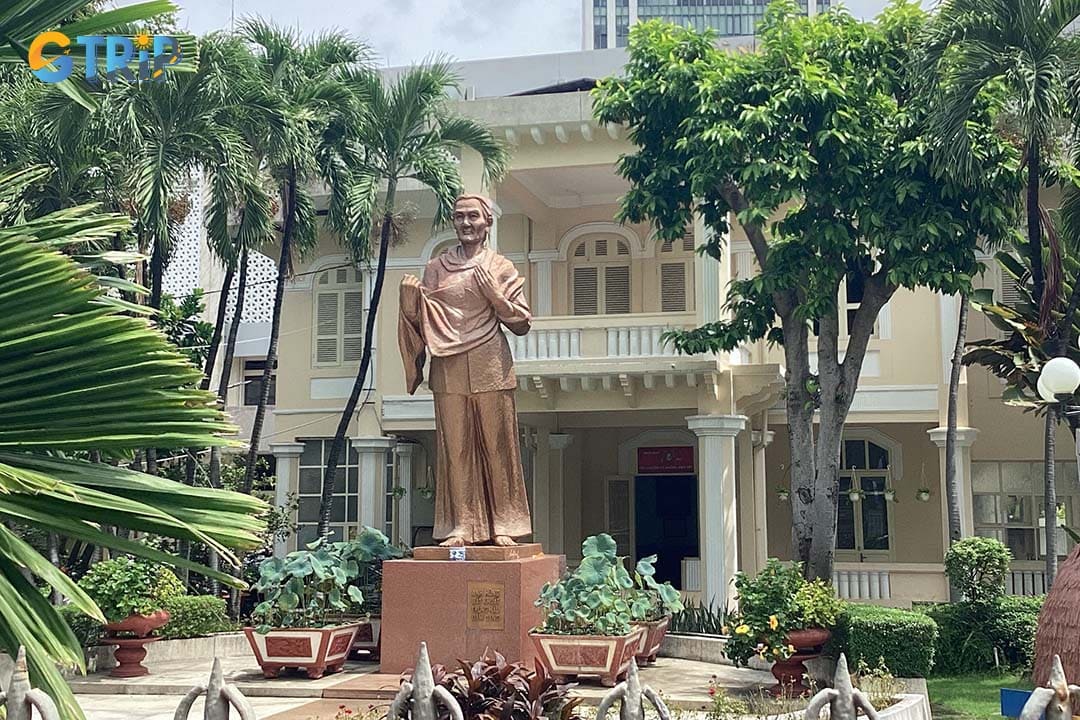
The Southern Women’s Museum was founded to preserve and celebrate the enduring strength, sacrifice, and cultural heritage of women across the southern region
Highlights to discover at the Southern Women’s Museum
Inside its halls, the museum presents a rich tapestry of history and culture through thousands of artifacts and thoughtfully curated exhibitions. The journey through its floors is an emotional and educational experience, revealing stories of incredible strength and creativity. Here are some of the unmissable highlights that make a visit so memorable.
Valuable historical artifacts
The museum is the custodian of a staggering 31,360 artifacts, a collection that gives tangible form to the stories of millions of women. This immense number represents a deep and comprehensive archive of Southern women's lives. Of these items, 2,836 are carefully selected for display across the museum's exhibition floors. The remaining 28,524 are preserved in storage, forming an invaluable resource for researchers and future exhibitions.
The collection is broadly divided into two thematic categories, each telling a different but interconnected story. Approximately 80% of the artifacts relate to the Revolutionary War, including personal letters, rudimentary weapons, and everyday items that reveal the extraordinary circumstances women faced. The remaining 20% are dedicated to cultural traditions, showcasing beautiful textiles, intricate handicrafts, and objects related to worship and daily life. Most notably, the museum is home to 6 rare collections that have been nationally recognized. They contain items of unparalleled historical and cultural significance, making it a crucial center for understanding Vietnamese women's role in history.
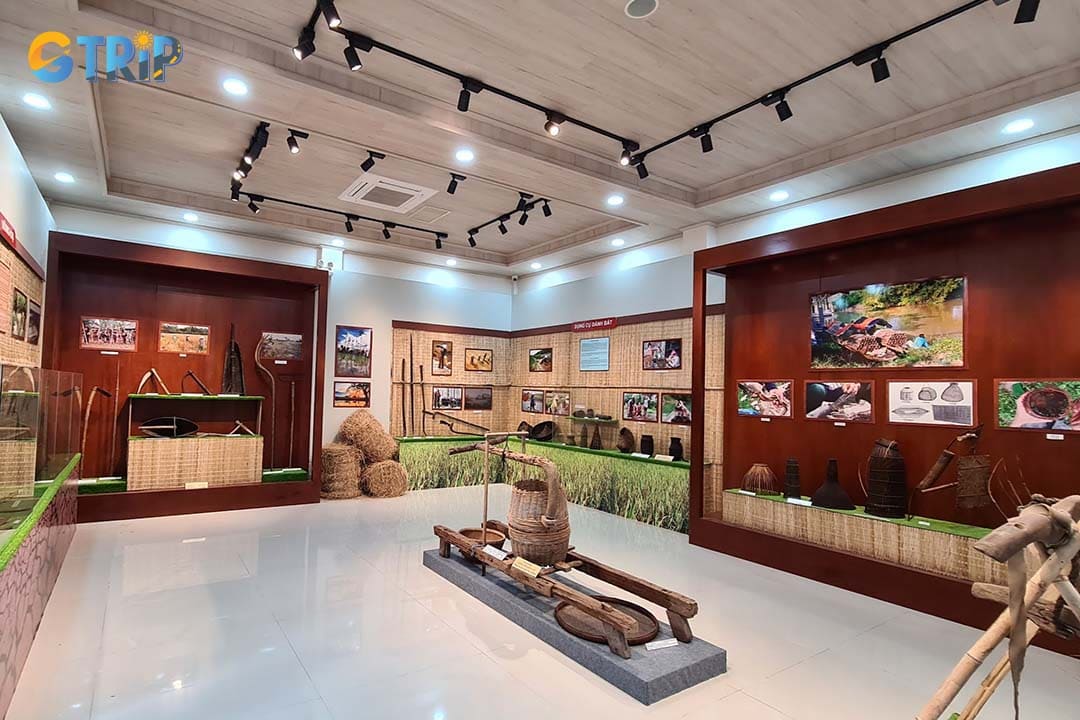
Southern Women’s Museum houses an impressive collection of 31,360 artifacts that bring to life the stories of Southern Vietnamese women
Specialized themed exhibitions
What truly brings the artifact collection to life is the museum's dynamic approach to curation. Having grown from an initial 11 themes to a comprehensive 27 specialized exhibitions, the museum offers a multi-faceted exploration of women's history. While every theme is worth exploring, four stand out for their ability to captivate and educate visitors.
- Vietnamese weddings in Southern Vietnam in the early 20th century
Step back in time and explore the beautiful and complex world of traditional Vietnamese marriage customs. This exhibition is a visual delight, showcasing elaborate wedding attire, ceremonial gifts, and archival photographs that document the intricate rituals. It goes beyond the aesthetics to explain the deep cultural and familial significance of these ceremonies, offering a fascinating glimpse into the social fabric of a bygone era. You'll learn about the symbolic gestures and objects that defined one of the most important moments in a woman's life.
- The Immortal Flower
This is perhaps the museum's most poignant and powerful exhibition. The "Immortal Flower" is a metaphor for the resilient and unyielding spirit of Southern women, particularly during the brutal years of the Vietnam War. This section serves as a moving tribute, displaying personal effects of female soldiers, clandestine communication devices, and stories of immense sacrifice and heroism. It honors not only the fighters on the front lines but also the mothers and wives on the home front who endured immense hardship with unwavering strength. Be prepared for an emotional experience that highlights a legacy of courage that continues to inspire.
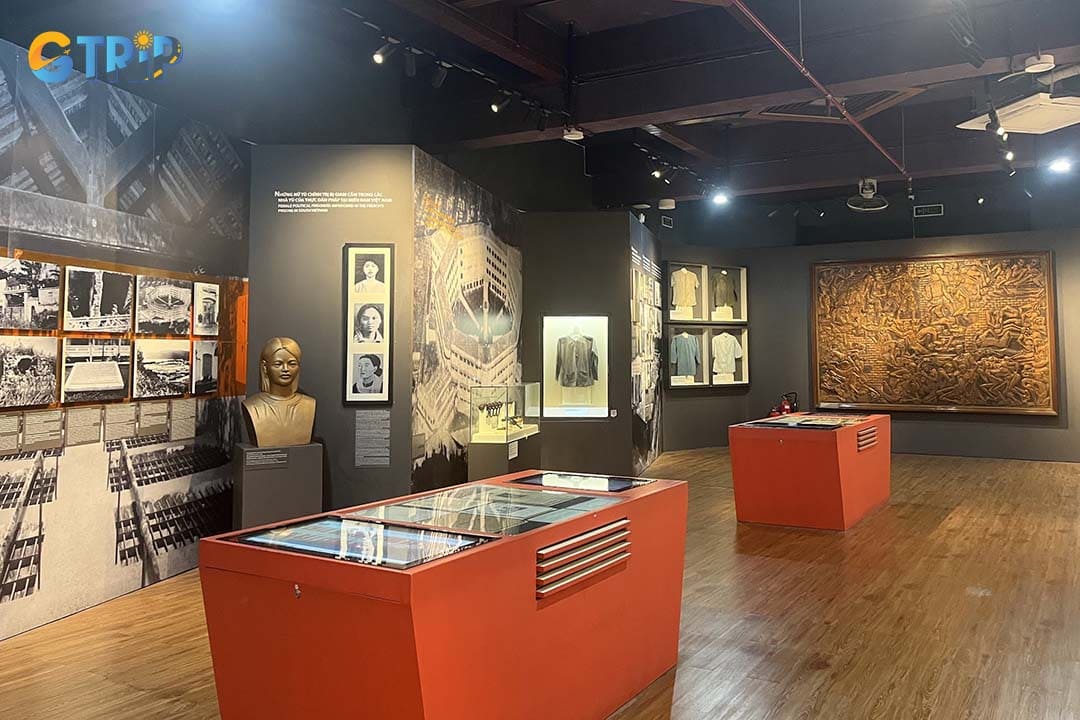
The “Immortal Flower” exhibition is a deeply moving tribute to the courage and resilience of Southern women during the Vietnam War
- Southern women in culinary culture
Delight your senses with this charming exhibition that celebrates the indispensable role of women in shaping the rich and diverse flavors of Southern Vietnamese cuisine. This section highlights women as the keepers of culinary traditions, passing down secret family recipes and complex cooking techniques from one generation to the next. While you can't taste the food, you can see the traditional tools, clay pots, and unique ingredients that are central to southern cooking. The displays tell the story of how regional specialties are born from local landscapes and how a simple family meal can be an act of love, preservation, and cultural expression.
- The evolution of the Ao Dai
A celebration of Vietnam’s iconic national dress, this exhibition beautifully chronicles the graceful transformation of the Ao Dai. Through a stunning display of garments from different eras, you can trace its evolution from loose traditional styles to the elegant, tailored silhouette known worldwide today. The exhibit explores how changes in fabric, color, and cut reflected shifting social norms, foreign influences, and the changing role of women in society. It’s a must-see for anyone interested in fashion, design, and the power of clothing as a symbol of national identity and feminine grace.

This exhibition celebrates the evolution of Vietnam’s iconic Ao Dai
Publications on women’s history and culture
Beyond its role as a public exhibition space, the Southern Women’s Museum is a vital center for academic research and publication. The museum's work extends far beyond its physical walls, actively contributing to the broader understanding of Vietnamese history and culture. Its team of researchers and historians is dedicated to a critical mission: documenting, preserving, and sharing the stories and cultural heritage of Southern women with a global audience.
This is achieved through the production of a wide range of publications, including scholarly books, detailed catalogs of its collections, and compilations of oral histories. These works are invaluable resources for academics, students, and anyone with a deep interest in gender studies, Southeast Asian history, and cultural anthropology. By documenting and analyzing women’s experiences, the museum ensures their stories are accurately represented and prevents their contributions from being erased from history. This commitment to scholarship solidifies its reputation not just as a place to see artifacts, but as an active and authoritative voice in the preservation of Vietnamese heritage.
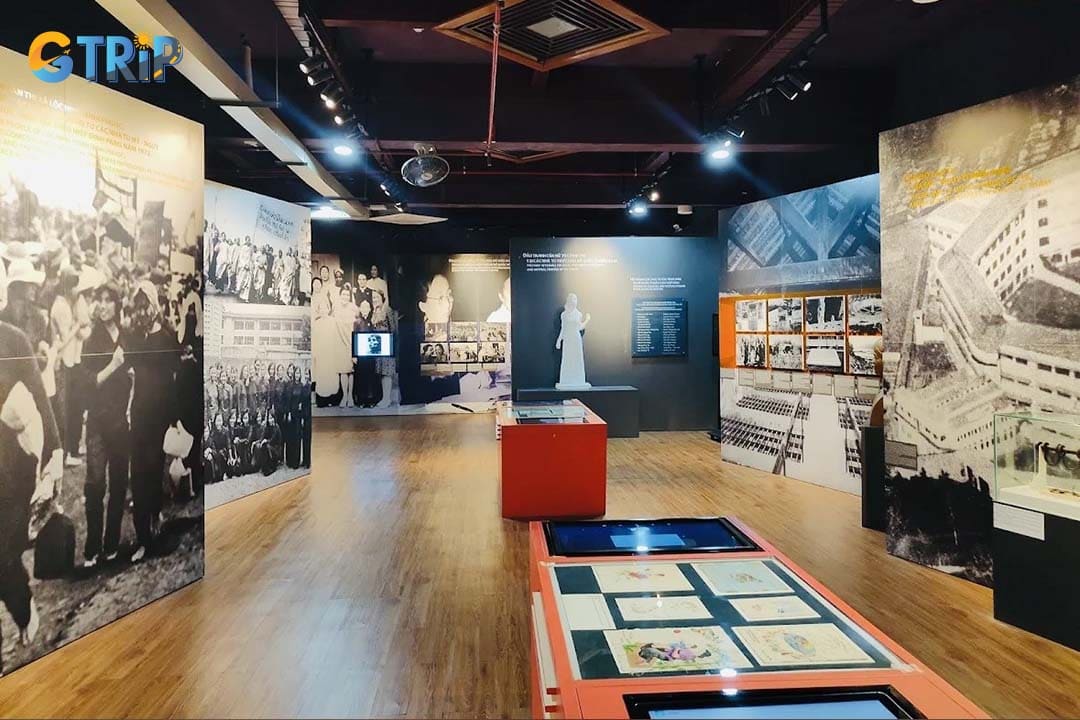
The Southern Women’s Museum serves as a dynamic research and cultural institution
How to get to the Southern Women’s Museum
The museum is centrally located and easily accessible from most tourist areas in Ho Chi Minh City. Vo Thi Sau Street is a major thoroughfare, making the journey straightforward regardless of your chosen mode of transport. Here are the best ways to get there:
- By taxi or ride-hailing app: This is the most convenient and comfortable option, especially for first-time visitors or those trying to escape the midday heat. Apps like Grab are widely used, reliable, and offer fixed pricing. From popular areas like former District 1 (e.g., near Ben Thanh Market or Nguyen Hue Walking Street), the journey typically takes only 10-15 minutes, depending on traffic. Simply input "Southern Women's Museum" as your destination.
- By bus: For the budget-conscious traveler looking for a local experience, the public bus system is a great choice. Several bus routes pass near Vo Thi Sau Street. Key routes like Bus 04 and Bus 150 get you close, but it's best to use a mapping app like Google Maps to find the most direct route from your specific location. It's an excellent way to see the city, but be prepared for a slower journey.
- By motorbike: If you are an experienced rider and comfortable navigating Ho Chi Minh City’s energetic traffic, renting a motorbike offers the ultimate flexibility. It allows you to explore at your own pace and easily combine your museum visit with other nearby stops. The museum provides a designated parking area for motorbikes, usually for a very small fee. Always wear a helmet and drive defensively.

The Southern Women’s Museum is centrally located and easily accessible from most tourist areas in Ho Chi Minh City
Nearby attractions to the Southern Women’s Museum
One of the best things about the Southern Women's Museum's location is its proximity to other major historical and cultural sites. You can easily create a full or half-day itinerary centered on this part of the city. After immersing yourself in the stories of Vietnamese women, consider visiting these nearby attractions:
- War Remnants Museum: Located just a 5-minute drive away, this is an essential companion visit. While the Southern Women's Museum offers a personal, gender-focused perspective on the war, the War Remnants Museum provides a broader, unflinching look at the conflict and its devastating consequences. Visiting both on the same day creates a powerful, multi-layered understanding of Vietnam's wartime history.
- Independence Palace (Reunification Palace): A 10-minute taxi ride will take you to this iconic historical landmark. Famously captured in the image of a North Vietnamese tank crashing through its gates in 1975, the palace is a time capsule of 1960s architecture and political history. Walking through its command bunkers and grand reception rooms offers a fascinating glimpse into a pivotal moment of the 20th century.
- Notre-Dame Cathedral Basilica of Saigon: Situated in the heart of the city, about a 10-15 minute drive from the museum, this stunning Neo-Romanesque cathedral is an enduring symbol of the French colonial era. Even if you don't go inside, its twin bell towers and striking red-brick facade make for a fantastic photo opportunity and a moment of serenity amidst the city's buzz.
- Saigon Opera House: Another architectural jewel from the French colonial period, the Opera House is a short distance from the Notre-Dame Cathedral. This flamboyant building is home to contemporary dance, ballet, and traditional performances. It’s worth a visit just to admire its ornate facade, and it’s beautifully illuminated at night.
- Ben Thanh Market: After a day of history and culture, head to Ben Thanh Market (about a 15-minute drive) for a change of pace. This bustling, iconic market is the perfect place to practice your bargaining skills, shop for souvenirs, and, most importantly, sample an incredible array of delicious Vietnamese street food. It's the vibrant, chaotic, and flavorful heart of commercial life in Saigon.

After a day of history and culture, head to Ben Thanh Market for a change of pace
Practical tips for visitors
To make your visit to the Southern Women’s Museum as smooth and enjoyable as possible, keep these friendly tips from GTrip in mind:
- Plan your time: While the museum isn't overwhelmingly large, its exhibits are dense with information and emotion. We recommend allowing at least 1.5 to 2 hours to explore the main halls without feeling rushed.
- Respectful attire: As a sign of respect for this important cultural institution, it is advisable to wear modest clothing. While not strictly enforced, covering your shoulders and knees is a thoughtful gesture appreciated by locals.
- Photography: Photography without flash is generally permitted inside the exhibition halls. It's a wonderful way to capture the details of the Ao Dai exhibit or the powerful displays, but be mindful of other visitors and the sensitive nature of some sections.
- Best time to visit: To enjoy a more tranquil experience, try visiting on a weekday morning. The museum is typically quieter, allowing you to engage more deeply with the exhibits without crowds. Remember the museum closes for a two-hour lunch break, so plan accordingly.
- Combine your visit: Use our "Nearby Attractions" list to your advantage! The museum’s location makes it an ideal starting point for a day of exploring Ho Chi Minh City’s most significant historical sites.
- Language notes: Most of the main signage is translated into English. However, many of the smaller artifact descriptions are in Vietnamese. Don't let this deter you, the visual storytelling of the exhibits is powerful enough to transcend language barriers.
- Stay hydrated: Ho Chi Minh City is famously hot and humid. Be sure to bring a bottle of water with you to stay hydrated as you explore the museum and the surrounding area.

Remember the above tips to have an enjoyable visit to the Southern Women’s Museum
The Southern Women's Museum is a sanctuary of stories, a testament to resilience, and a vibrant center of Vietnamese culture. It offers a narrative that is crucial yet often missing from mainstream historical accounts, focusing on the quiet strength and fierce determination that defines the nation’s identity. For any traveler seeking to connect with the authentic heart of Vietnam, a visit is not just recommended, it is essential. Let GTrip be your guide as you add this incredible cultural landmark to your Ho Chi Minh City itinerary.

